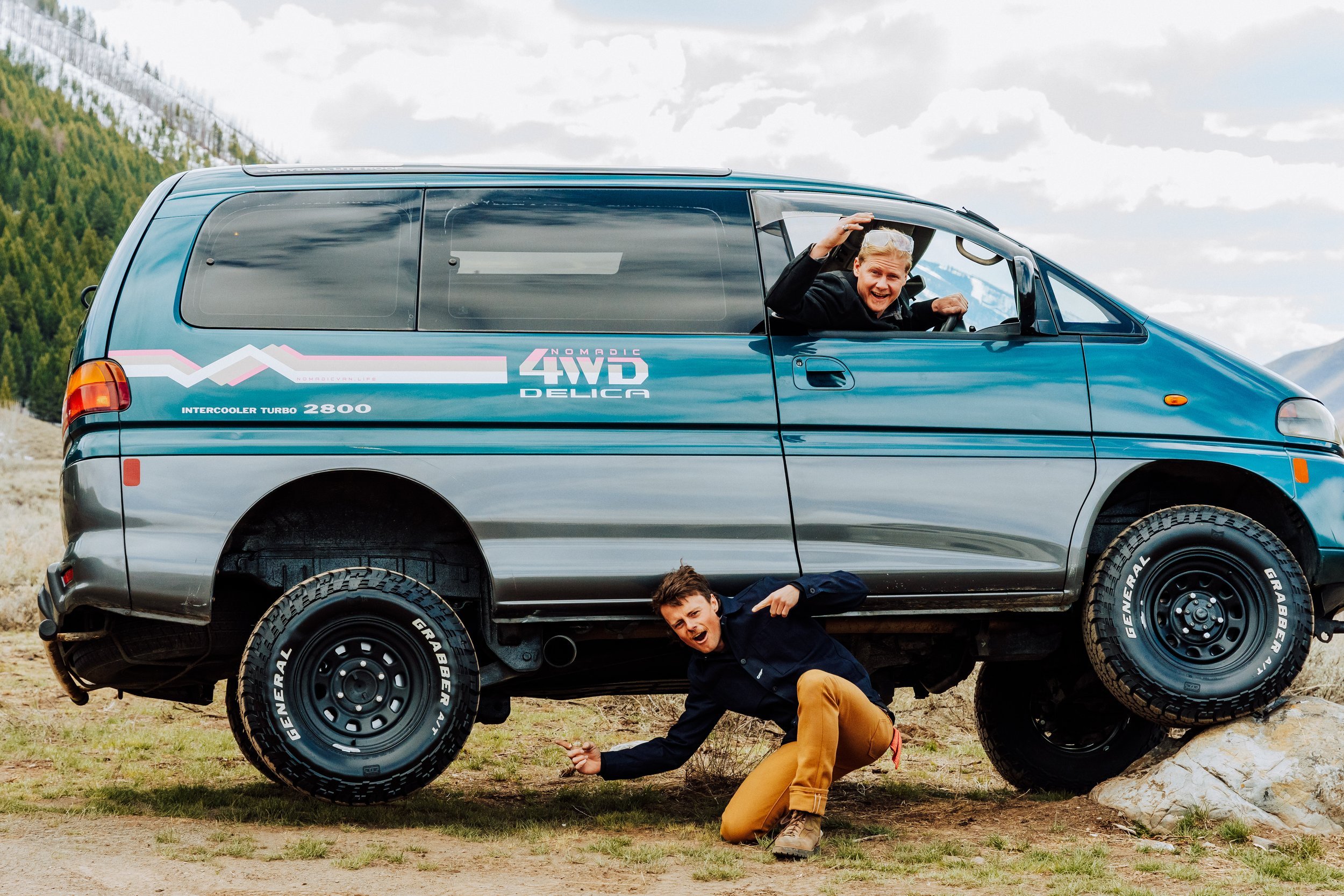
Mitsubishi Delica L300 vs L400: A Comprehensive Guide
A guide to picking the best version of the Mitsubishi Delica. Both the L300 and L400 have their trade offs. This article aims to steer you in the right direction.
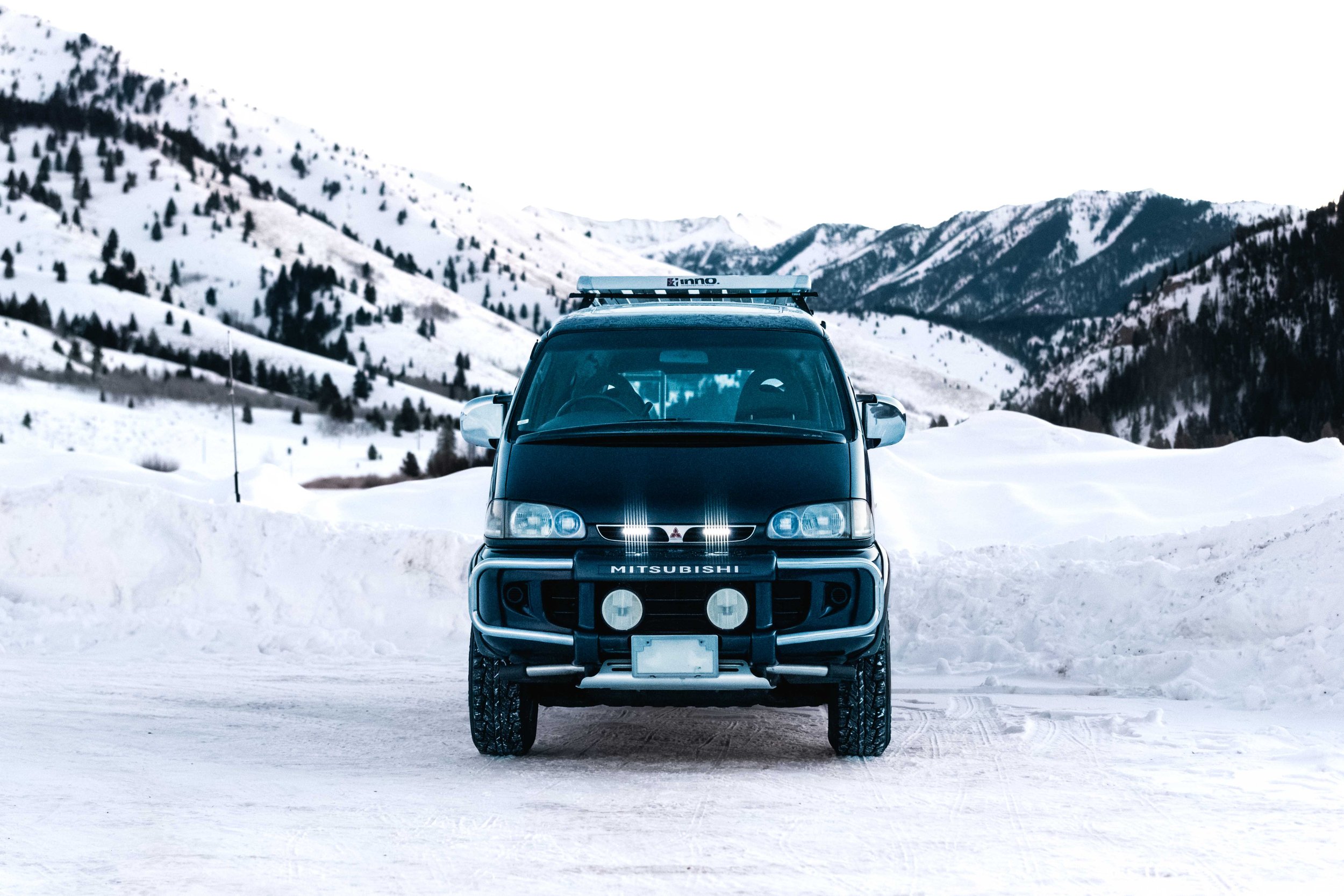
Winter & Cold Weather: Delica Maintenance + Practices
“We broke your winter guide to Delicas into a few overarching categories: Pre-emptive general maintenance, basic practices, startup procedure, upgrades for the winter, and common issues you could encounter”
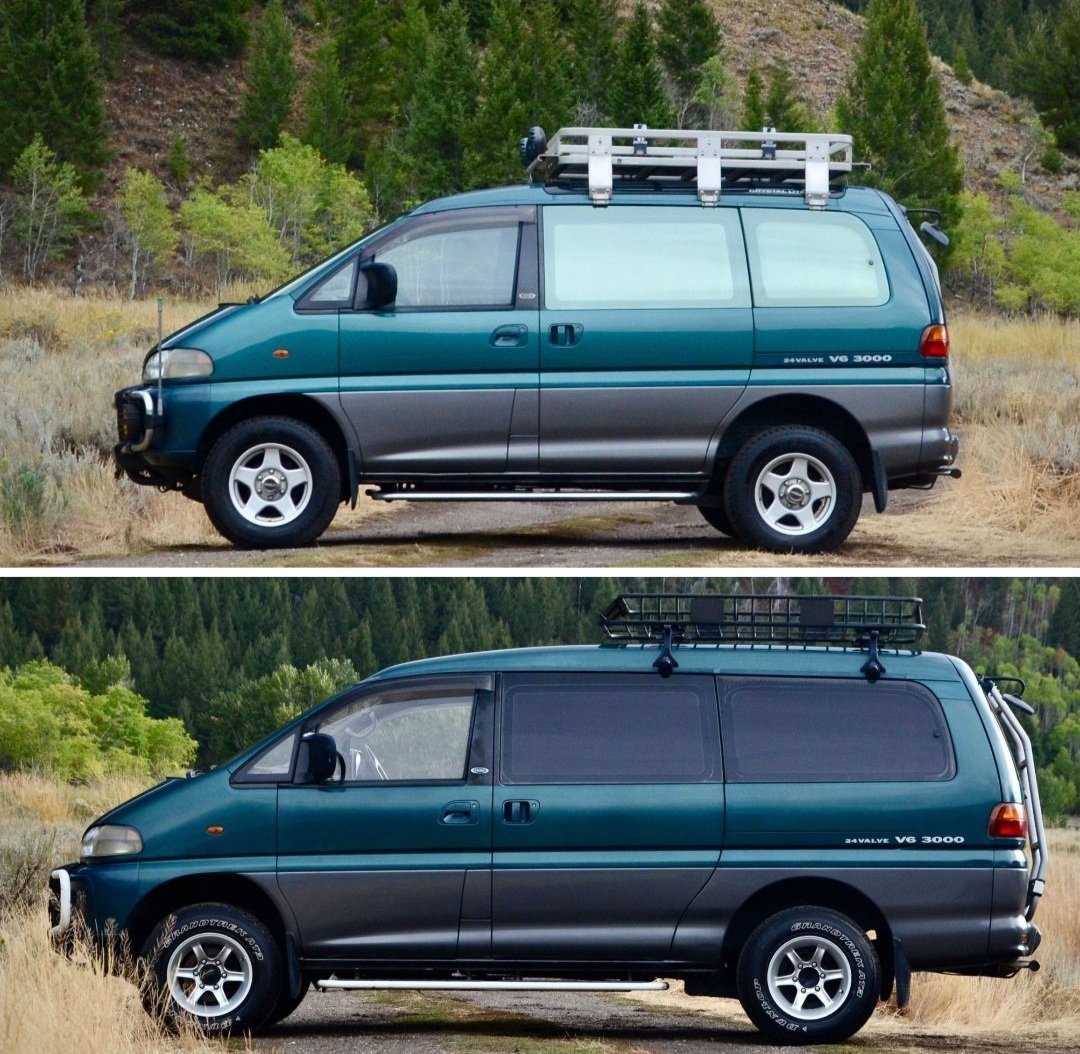
Delica L400 Space Gear SWB LWB Model Comparisons and Tradeoffs
“Given the difference in length hub to hub, ground clearance, the maneuverability of the SWB is going to be more nimble, quick to turn and make corrections. Once again, this comes at the cost of not having as much space often necessary for comfortable longer term travel”
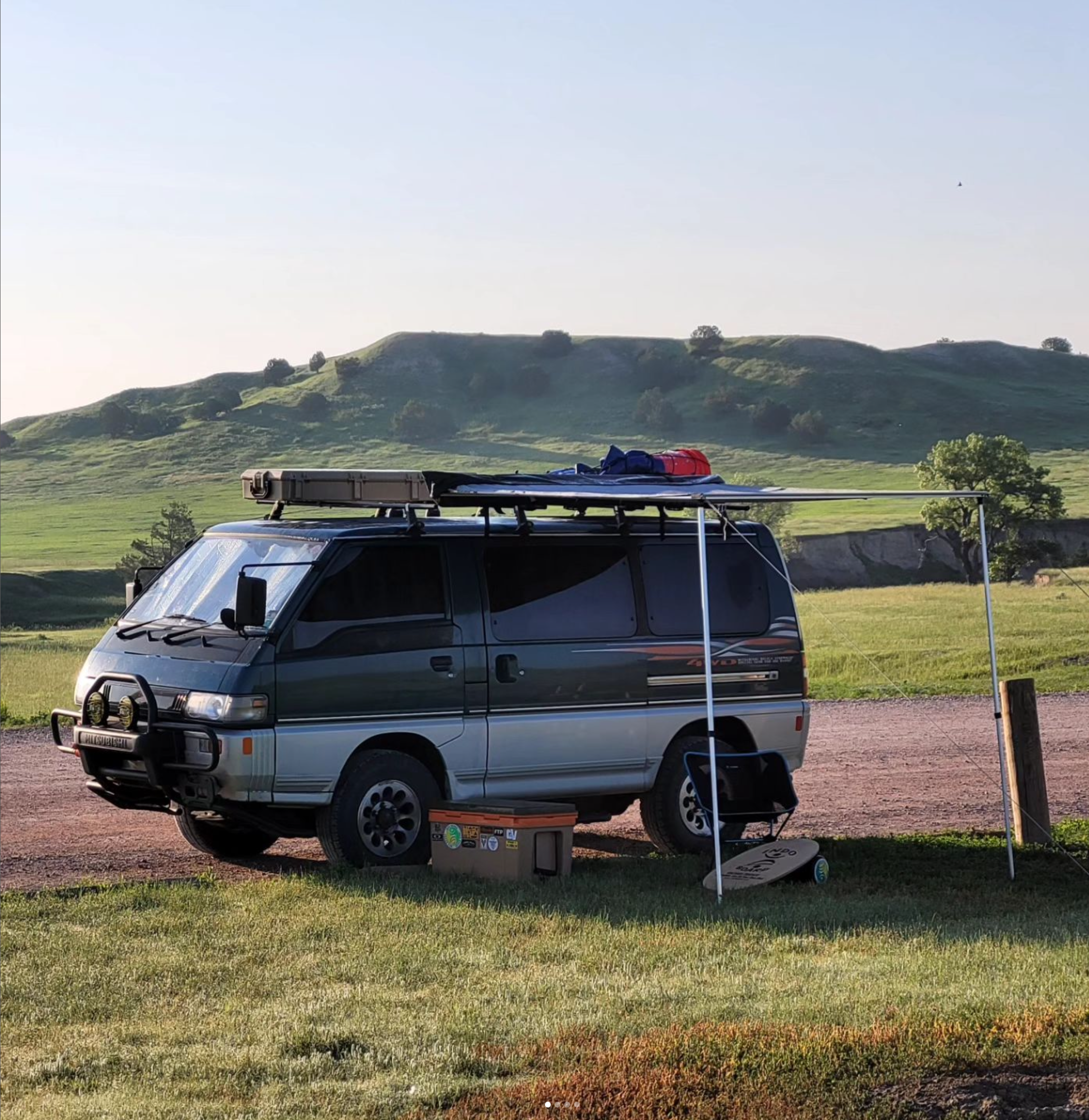
Starla the L300: A Nomadic Van Story
“It was awesome to find out that most modern outdoor equipment like the roof rack bars and awning can be equipped to the Delica with no problems. The rails are very similar to modern designs. I also found a ladder that is fabricated by "Xlpormor Offroad" out of NC.”
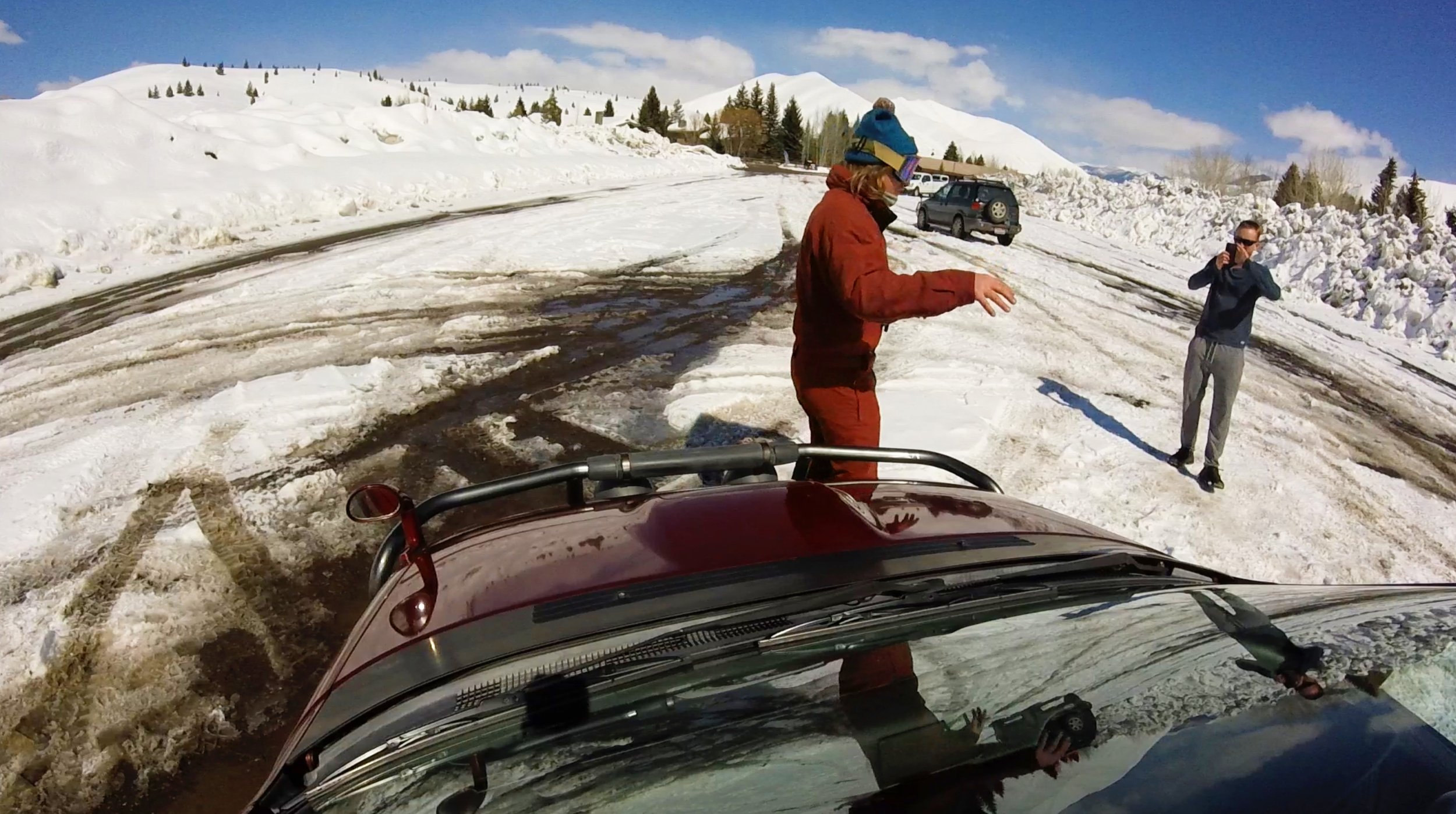
Behind the Scenes: RVR Madness Shoot
“The versatility of the RVR would be great for anyone who wants to overland without losing the sleek “get up and go” feel of a hatchback, and it was great to break down all the features, often unseen at first glance.”
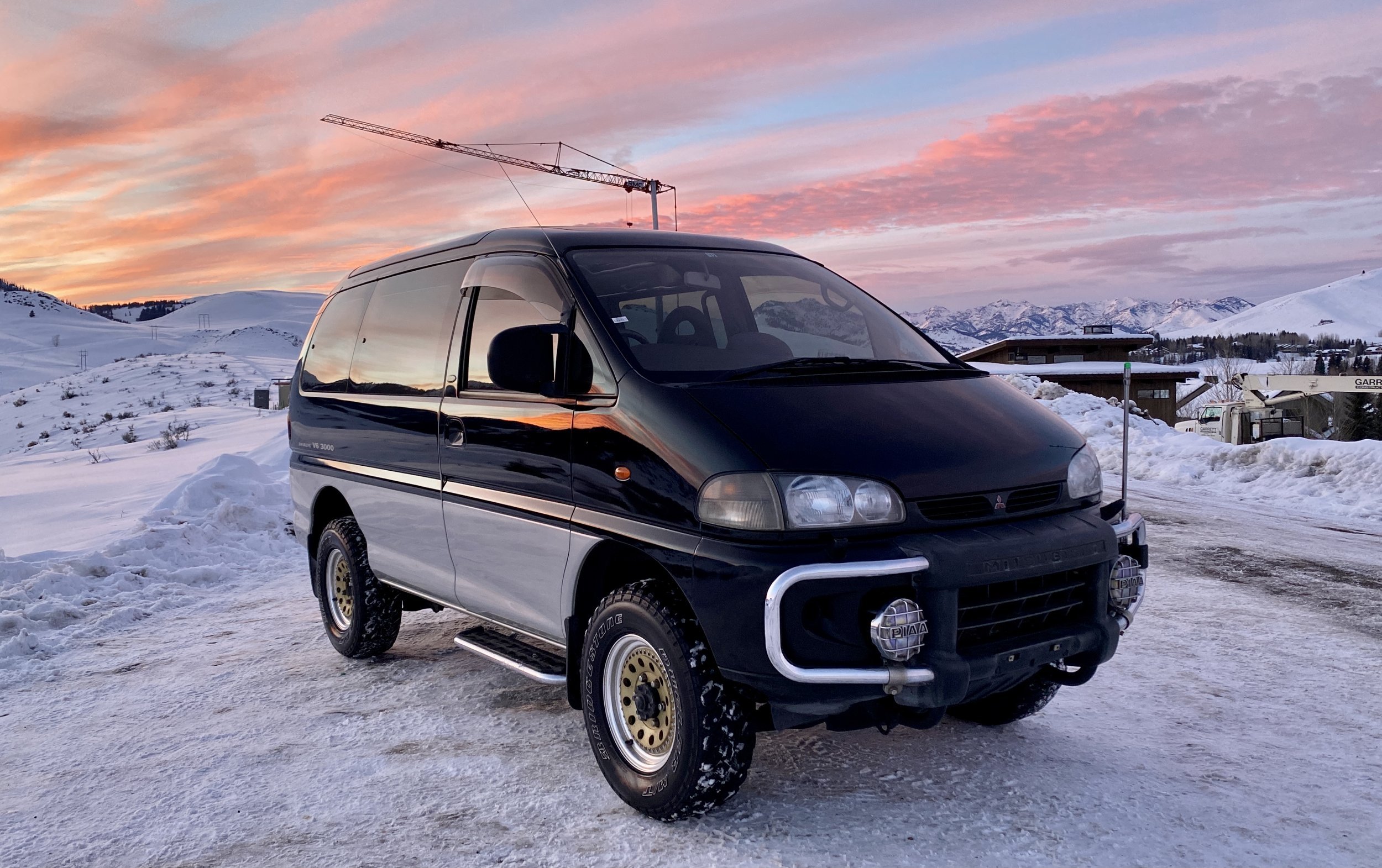
Delica L400 Space Gear SWB LWB Model Comparisons and Tradeoffs
“Like its predecessor, the L300 Star Wagon, the L400 Space Gear is an overlanding and offroading pig that, if properly tuned (as done in our offers the perfect combo of reliability, luxury, and off-road capability.”
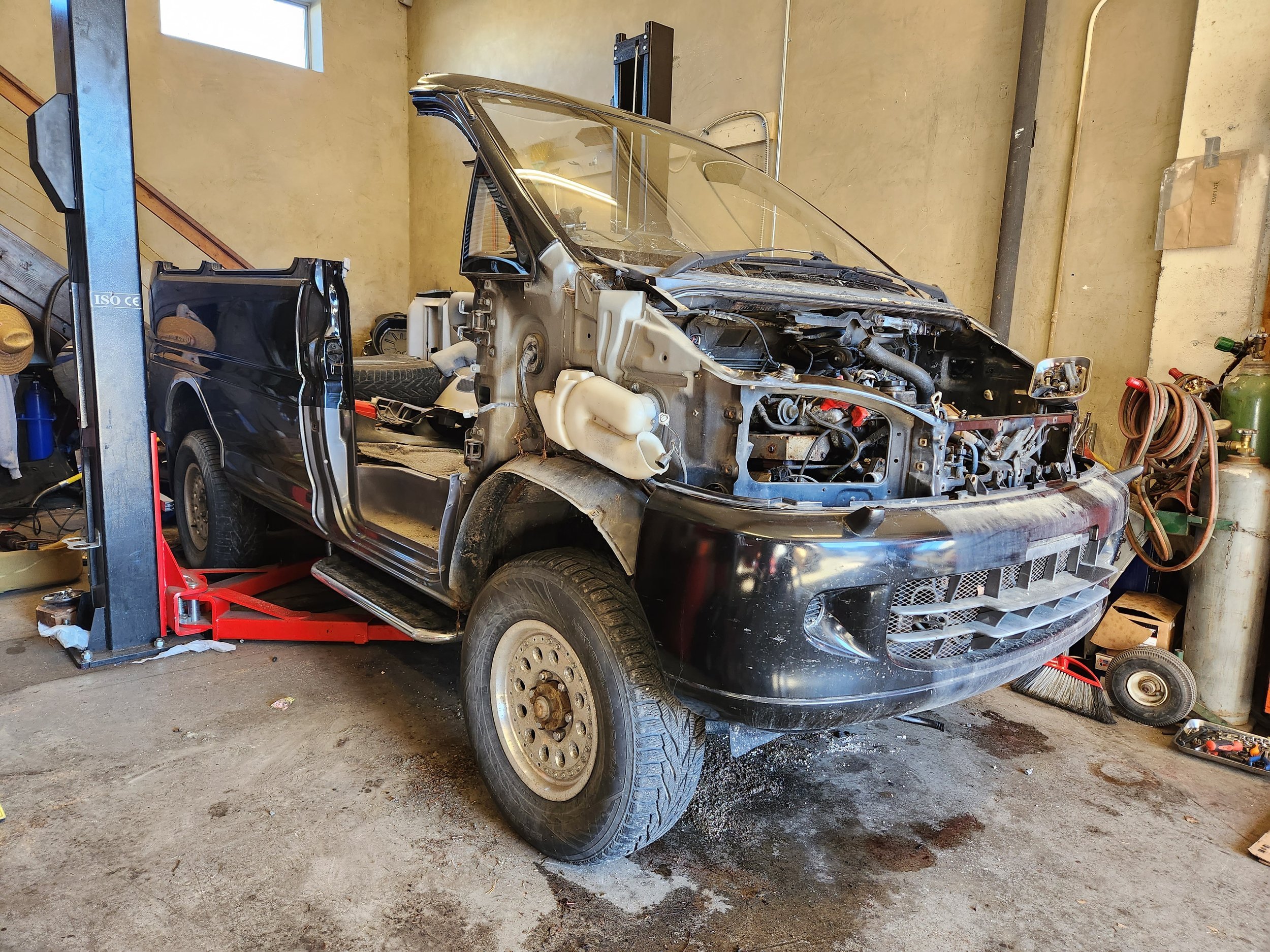
Shop Spotlight: Parts Van Disassembly and Dismemberment!
“when we say taking apart, we’re not just talking about pulling out the engine transmission, windows, interior panels, wheels etc. We literally cut up the ENTIRE frame and body into small pieces…”
